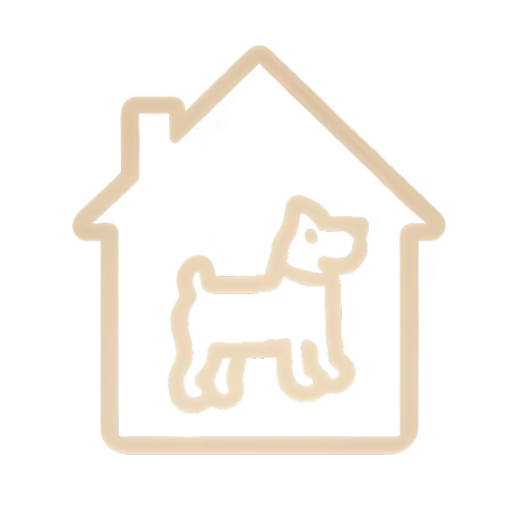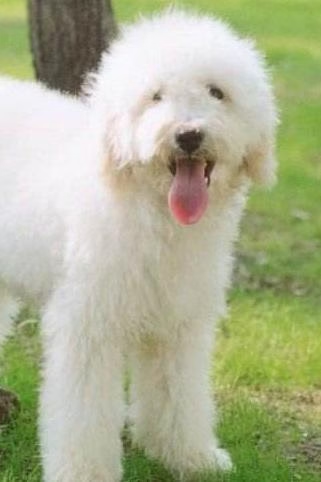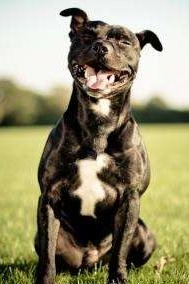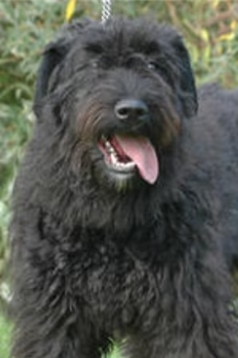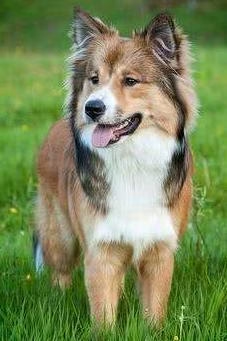Belgian Malinois (Flanders Sheepdog / Flanders Cattle Dog)
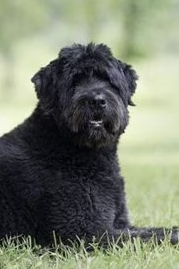
Belgian Malinois
Flanders Sheepdog / Flanders Cattle Dog
Basic Information
- Category: Pet Dog
- Origin: Belgium
- Body Type: Large
- Height: 62-69cm
- Hair Length: Long-haired
- Lifespan: 10-12 years
Ratings
| Trainability | ⭐️⭐️⭐️⭐️ |
| Affection Level | ⭐️⭐️⭐️⭐️ |
| Barking Level | ⭐️⭐️⭐️ |
| Shedding Level | ⭐️⭐️⭐️⭐️ |
Breed Introduction
Before the 19th century, there were many breeds closely related to shepherd dogs in Belgium. Later, as the need to guard flocks decreased, breeders crossbred these shepherd dogs to create four basic dog types with different colored coats, which dog enthusiasts regarded as different forms of the same breed.
Before the early 20th century, Belgian shepherd dogs were widely used in Belgium to guard flocks. Now they are mainly used in the military and police, or by tavern owners for protection. They are also beloved as family dogs.
The United States recognizes the following three dogs as distinct breeds: the Belgian Malinois (black-haired), the Belgian Tervuren (mottled-haired), and the Belgian Laekenois (rough-haired). However, the exact origin of the Flanders Cattle Dog remains unrecognized in the U.S. By 1900, Flemish people had already taken pride in several cattle dog breeds. This breed first appeared at an international dog show in 1910, but the breed standards were not officially established until 1912.
During World War I, this dog served in the army to relay messages and locate injured soldiers. However, during the war, northeastern Belgium and France became battlegrounds, resulting in many cattle dogs dying in battle, and the breed faced the risk of extinction due to the trauma the country suffered from the war. In 1920, with the efforts of Flemish breeders dedicated to breeding, the Flanders Cattle Dog began to be revived.
Originating from Belgium in the 17th century, its ancestral origins remain unclear, but several notable types existed on the Flanders plains in the 19th century, until three types were preserved by 1965, eventually merging into one standard. The breed club was established as early as 1922.
This dog is known for its bravery and loyalty. It participated in World War I, being used to relay messages and locate rescuers for the wounded. It was once used as a cattle dog, guard dog, protector, and draught dog, and is often employed as a rescue dog or messenger.
